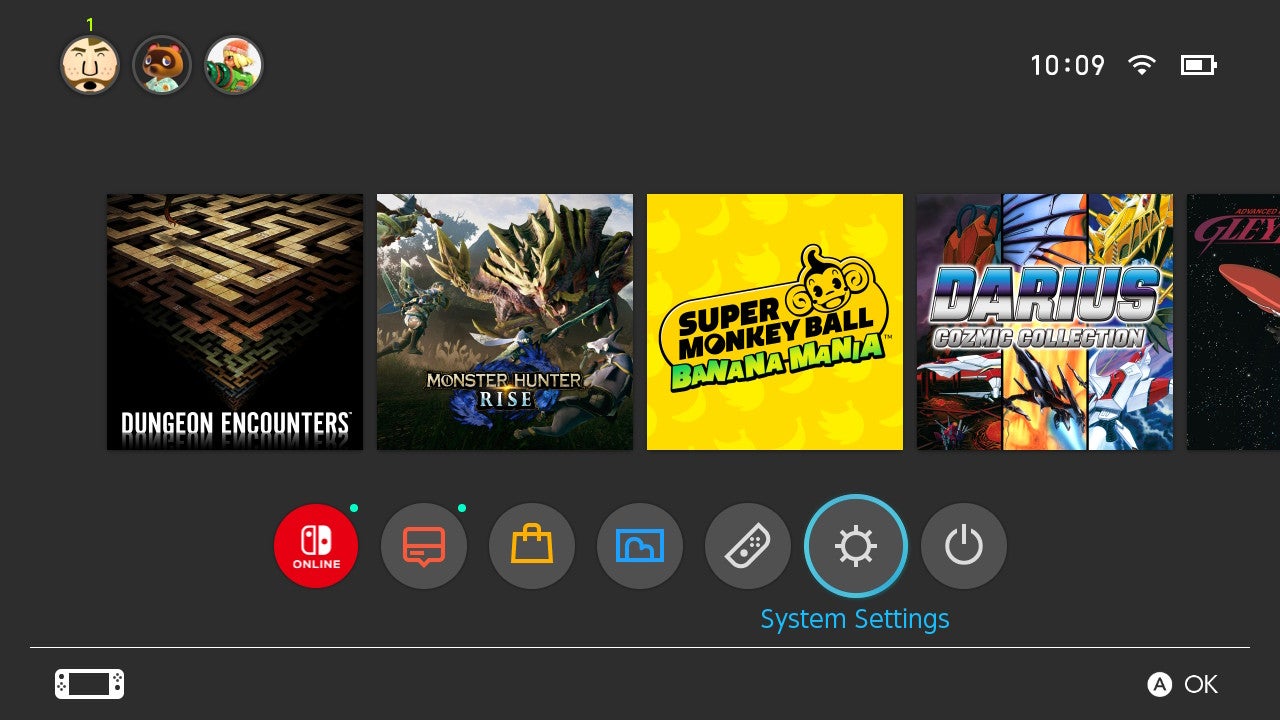After a couple of weeks with Nintendo’s hardware refresh, I’m pleasantly surprised how much it reinvigorates the Switch experience, which in recent months has sometimes felt as dog-eared as my old console. Having an excuse to return to older games - and after four and a half years I’ve somehow managed to acquire just shy of 200 of them - is a delight, and I’ve begun to recapture some of that same pang of excitement I had about the console in its first few years. Skyrim on the toilet! Dark Souls in bed! And hey, I’ve got an all-new Metroid to keep me smiling too. Indeed, all these years on the core ‘play anywhere’ concept of the Switch remains kind of magical, and it’s laid the foundation for what’s set to be one of Nintendo’s greatest successes, well on course to best the 100 million units the Wii shifted and in the process become the company’s biggest selling console. There’s a fascinating contrast between the pair, both products of the all-too-brief Iwata era at Nintendo, and both with very different approaches to the task at hand. The Wii and DS always felt like Nintendo pushing at the boundaries of play - for better and for worse, though you can’t deny the wider impact of the touch and motion revolutions - while the Switch, despite its innovations, has always felt like a more reactive device. A reactive device that worked phenomenally well. It’s phenomenal how much the Switch has opened up Nintendo to a broader market, and broader possibilities - having spent the Wii U era impatiently waiting for the next Nintendo exclusive to drop with next to no third-party support, we now have a Nintendo console that’s home to Bethesda games, to GTA, and to countless dazzling indies that feel perfectly matched for the Switch (I’ve lost count of the amount of times I’ve held out on something until the inevitable Switch port - something that’s led me to come stupendously late to the stupendously brilliant Disco Elysium as it gets its long-awaited Switch debut this week). That success is important to acknowledge, I think, before moving onto some of the less spectacular parts of the Switch - indeed, it’s worth acknowledging as a potential source of some of the more lacklustre elements, with a certain sense of complacency about a Nintendo distracted by theme parks and Hollywood adaptations (a ‘will-that-do vibe’, as perfectly put by Nathan Brown in his Hit Points newsletter which you totally should sign up for). It’s there partly in a release schedule that’s been thinned, though that’s understandable given the trying conditions imposed by the pandemic, but it’s explicit every time you boot up one of Nintendo’s machines - OLED screen or not. The front-end remains one of the most miserable and miserly to grace any console, featureless and dumb - and when placed in contrast to the user experience of past Nintendo consoles it’s doubly depressing. The Wii U had its problems - it had perhaps as many as it had players, ultimately - but it was always a pleasure to pick up and packed with magical little details, from the operatic flourish of the curtain raise in its browser to the vast splendours of the Miiverse. I’ve returned to the 3DS in recent weeks too and have been dazzled by its character and charm and - what’s this! - folders and themes. Transferring those 200 odd games from one Switch to another has provided a long, hard and not particularly pleasant look at how lacklustre Nintendo’s new console is in this regard, and many more besides - I miss the Pikmin transferring little chunks of data from one device to another, as they once used to when moving to a new Nintendo console, just as I miss more practical matters such as save data transfers that aren’t a nightmare to navigate. Perhaps when the Switch can’t even offer the basic things four years into its lifecycle it’s asking a bit much for some of the flourish that once marked out Nintendo hardware, though I’m hoping it might be shocked into action at some point in the not-too-distant future. There’s the prospect of the Steamdeck’s launch looming as soon as this December, and while I’m not yet convinced that it’ll be a competitor to the Switch - it doesn’t have any Nintendo games, for one, while Valve’s history with hardware has been spotty at best - it will put into stark relief the lingering deficiencies with Nintendo’s machine. Or maybe, more realistically, nothing will change - a small shame, but one that still won’t harm the Switch’s prospects of becoming Nintendo’s most popular piece of hardware in its rich history. So much of that success is well-deserved, and I’m looking forward to hundreds more hours with this latest flavour of Switch in the years to come. For all its brilliance and ingenuity, though, it’s that lack of those little details that means there’s still some work to be done if it’s to truly find itself a place in my heart alongside some of Nintendo’s more characterful consoles.

